Public and outdoor space has been at a premium during the coronavirus pandemic: bike sales have leapt, park use is way up, and even pavement chalk drawing appears to be having a moment.
Now as many cities start to reopen, some are looking at their sidewalks, squares, parking lots and even streets as a hidden asset in boosting their economies.
“The COVID-19 pandemic has drastically changed our relationship with our streets, open public spaces and public facilities,”
said Laura Petrella, chief of planning, finance and economy at UN-Habitat.
“Public space has emerged as a critical lifeline for cities and their residents”
she told the Thomson Reuters Foundation.
Read the full article on Thomson Reuters Foundation
Author Carey L. Biron
Recommended by Luisa Bravo

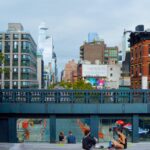
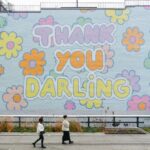
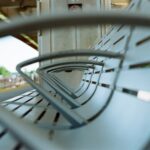

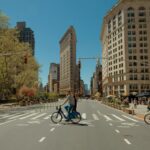
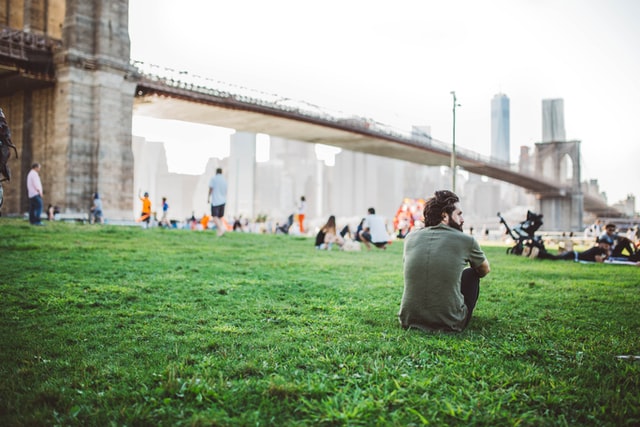
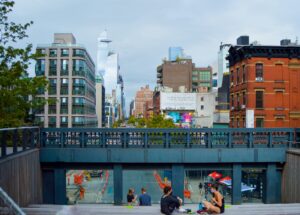
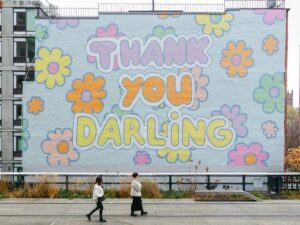
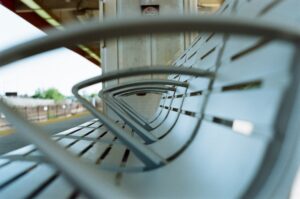
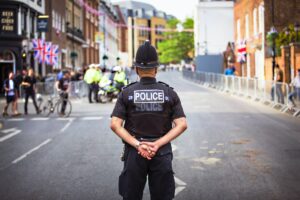
More Stories
A stealthy reimagining of urban public space by Elizabeth Diller
A Blueprint for Public Realm Leadership
10 years of Global Public Space Programme – Annual Report 2022 and reflections on a Decade of Public Space